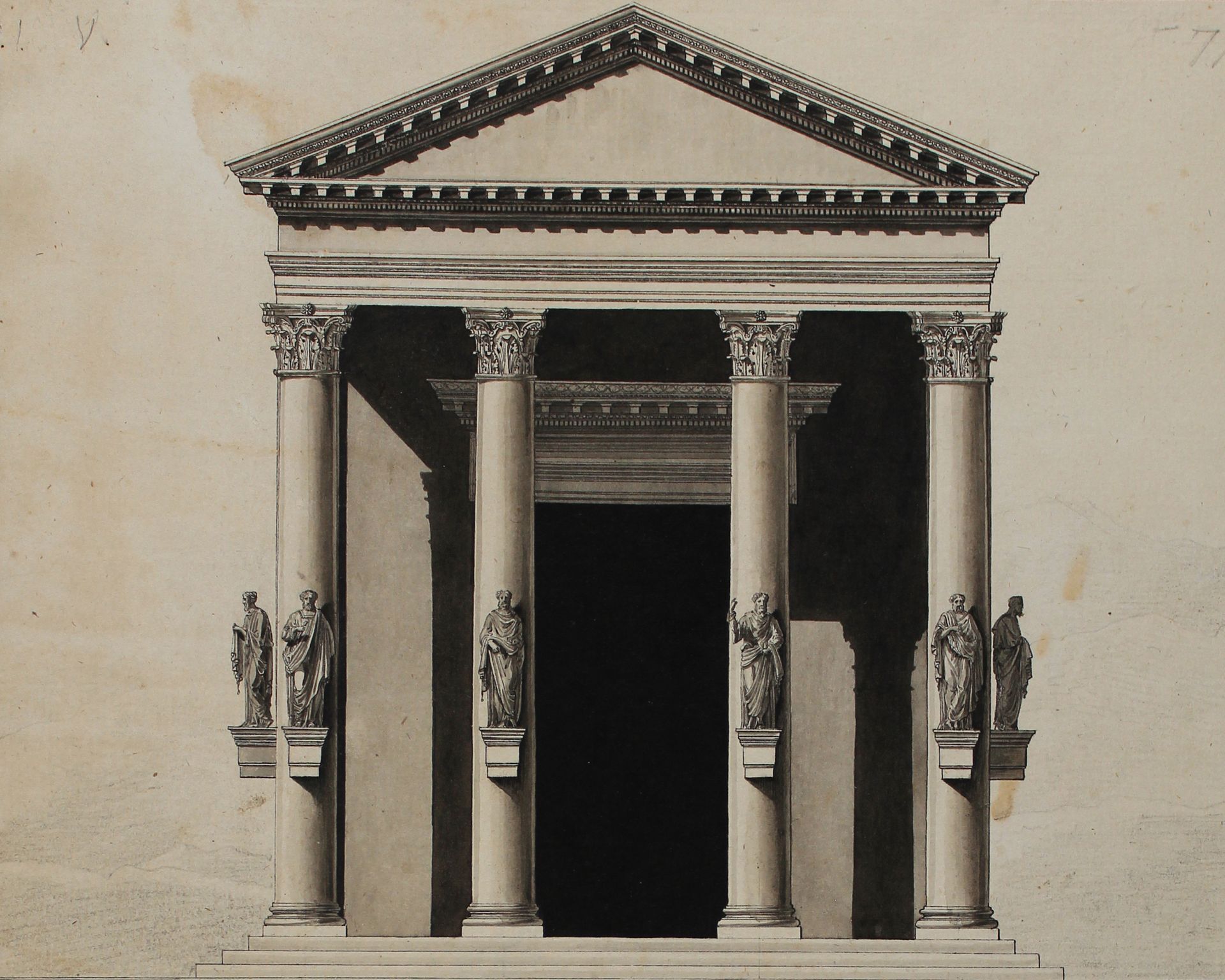As scholars weigh in as to whether the ancient city of Palmyra can, or even should, be restored now that Syrian troops have regained control of the Unesco World Heritage Site following its 11-month seizure and partial destruction by Isil, an exhibition in Cologne presents 18th-century views of the oasis in the Syrian desert known for its architecture that blends Greek, Roman and Persian elements and influenced a number of Neo-Classical architects.
Palmyra: What’s Left at the Wallraf-Richartz Museum (until 8 May) features more than 30 drawings by the French architect, landscape painter, archaeologist and antiquarian Louis-François Cassas (1756-1827), who travelled to the Middle East from 1784 to 1786 while working for the French government. Like the British explorer Robert Wood who recorded Palmyra’s buildings some 30 years earlier, Cassas spent two months in Palmyra in 1785, during which time he drew several of the city’s famous buildings including the Temple of Bel, which Isil blew up in August 2015.
According to the museum’s website: “These records of the ancient buildings, and the artist’s perspective drawings reconstructing the ruins, now constitute important source material” and “bear unique witness to cultural remains many of which have only recently been lost forever”.

• Palmyra: What’s Left, Wallraf-Richartz Museum, Cologne, until 8 May

